Frankenstein Walk
What Is a Frankenstein Walk?
How to perform the Frankenstein Walk?
Form of Frankenstein Walk
Most importantly, take your time when performing the Frankenstein Walk. Rushing through the movement can lead to poor form and reduce the overall benefits. Prioritize executing the exercise with precision and intention, allowing for the greatest stretch and engagement of the muscles.
Benefits of Frankenstein Walk
- Full-body conditioning: The Frankenstein Walk engages multiple muscle groups and movement patterns, offering a comprehensive workout that enhances overall strength, flexibility, and coordination.
- Time efficiency: This exercise optimizes your workout time by targeting multiple muscles and systems simultaneously, making it an ideal choice for individuals with limited exercise time.
- Cardiovascular fitness: The Frankenstein Walk elevates your heart rate, boosting cardiovascular health and facilitating fat burning.
- Functional strength: By incorporating compound movements, the Frankenstein Walk replicates real-life activities, enhancing functional strength and improving your ability to perform daily tasks with ease.
To prevent injuries, it is crucial to maintain proper form and technique throughout the exercise. Begin with lighter weights and gradually increase the load as you become more comfortable with the movement.
Incorporating the Frankenstein Walk into Your Routine:
There are several ways to integrate the Frankenstein Walk into your workout routine. You can incorporate it as a standalone full-body workout or include it in a circuit training routine, alternating with other exercises. Aim for 2-3 sets of 10-15 repetitions per exercise, taking brief rests between sets.
Frankenstein Walk Alternatives
If performing the Frankenstein Walk poses a difficulty, there are alternative exercises you can explore that target the hamstring and calf muscles. These alternatives provide effective stretching and strengthening options. Consider incorporating the following exercises:
- Modified hurdler stretch: Sit on the ground with one leg extended straight in front of you and the other leg bent, with the foot resting against the inner thigh of the extended leg. Lean forward from the hips, reaching towards the extended foot to stretch the hamstrings.
- Pigeon stretch: Begin in a push-up position and bring one knee forward, placing it near the corresponding hand. Extend the opposite leg behind you and lower your upper body towards the ground, feeling the stretch in the hip and glute muscles.
- Calf stretch: Stand facing a wall with one foot a step behind the other. Keeping both heels flat on the ground, bend your front knee while keeping the back leg straight, and lean towards the wall to stretch the calf muscles.
For a dynamic alternative, try the “Sweeps of Picking Daisies” exercise. Start by stepping one foot in front of the other, ensuring the heel is in contact with the ground and the toe is pointed upwards. Keep the front leg straight without bending the knee. Bend at the torso, placing both hands behind the ankle, and then sweep them forward to come in front of the toes. Return to the starting position, take a step forward, and repeat the movement on the opposite leg. Continue walking forward while alternating between legs.
Which Muscles were targeted during Frankenstein Walk?
- Quadriceps
- Hip Flexors
- Core muscles
- Shoulders
Why would you do Frankenstein Walk?
The Frankenstein Walk serves as an excellent warm-up exercise before engaging in activities such as running, jogging, walking, leg exercises, or plyometrics. Additionally, it can be considered a standalone exercise that effectively enhances muscular endurance and strength. This dynamic movement not only stretches the hamstrings but also activates the hip flexors and quadriceps muscles, making it a valuable addition to any workout routine.
Variations of Frankenstein Walk
There are several variations of the Frankenstein Walk that you can explore. Read on to discover how to perform these variations:
- Leg Raise
- Flutter Kick
- Scissors
Leg Raise:
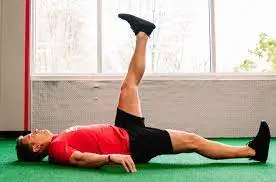
Begin by assuming the starting position lying flat on your back. Raise one leg approximately 3-4 feet in the air. As you lower this leg, simultaneously raise the other leg to the same height. Continue alternating between raising each leg without allowing them to touch the ground. This movement resembles the popular flutter kick used in swimming. Aim for 3 sets of 12-15 repetitions on each leg or perform the movement continuously for at least one minute.
Flutter Kick:
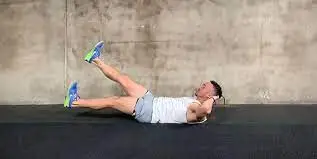
Similar to the leg raise, start in the starting position lying flat on your back. Raise both legs approximately 1 foot off the ground and begin moving them vertically, resembling a flutter kick motion. Keep your core engaged and maintain the slight lift of the torso off the ground throughout the exercise. Repeat this movement for 3 sets of 12-15 repetitions on each leg or perform the exercise continuously for at least one minute.
Scissors:
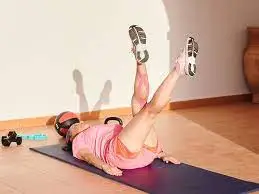
The scissors exercise is akin to the flutter kick; however, you move your legs horizontally instead of vertically. Begin in the starting position lying flat on your back with your legs extended. Engage your core and slightly lift your torso off the ground. Elevate both legs about 1 foot off the ground and start crossing them horizontally, resembling the motion of a pair of scissors opening and closing. Repeat this movement for 3 sets of 12-15 repetitions on each leg or perform the exercise continuously for at least one minute.
FAQ
What are Frankenstein’s walks across the gym an example of?
The key is to push very gradually via the range of motion (ROM) without wild velocity shifts. This week’s training is an excellent instance of dynamic stretching in a regulated, helpful method. The Frankenstein Walk can be accomplished by people of all fitness levels and it needs totally no tools.
Which muscles get stronger from walking?
Along with it are many health advantages, walking even exercises several other muscles. The immediate muscles utilized in walking contain the quadriceps and hamstrings, the calf muscles, and the hip adductors. The gluteal and the abdominal muscles even play a considerable part in a forward movement.
What are the three parts of Frankenstein?
The general format of the book is balanced: it starts with the letters of Walton, moves to Victor’s tale, then to the Creature’s narration, so as to switch to Victor again, and ends with the documents of Walton. In this method, the reader obtains various versions of the identical story from various viewpoints.
What muscles do the Frankenstein walk work?
A Frankenstein walk boosts the strength of the hips muscles, quadricep muscles (front of the legs), and hamstring muscles (back of the legs) during enhancing the range of motion (ROM).
Does walking reduce belly fat?
Walking is mild-intensity training that can be effortlessly integrated into your day-to-day life. Just walking more frequently can assist you lose weight & belly fat, as well as deliver other extraordinary health advantages, involving a reduced chance of illness and enhanced mood.


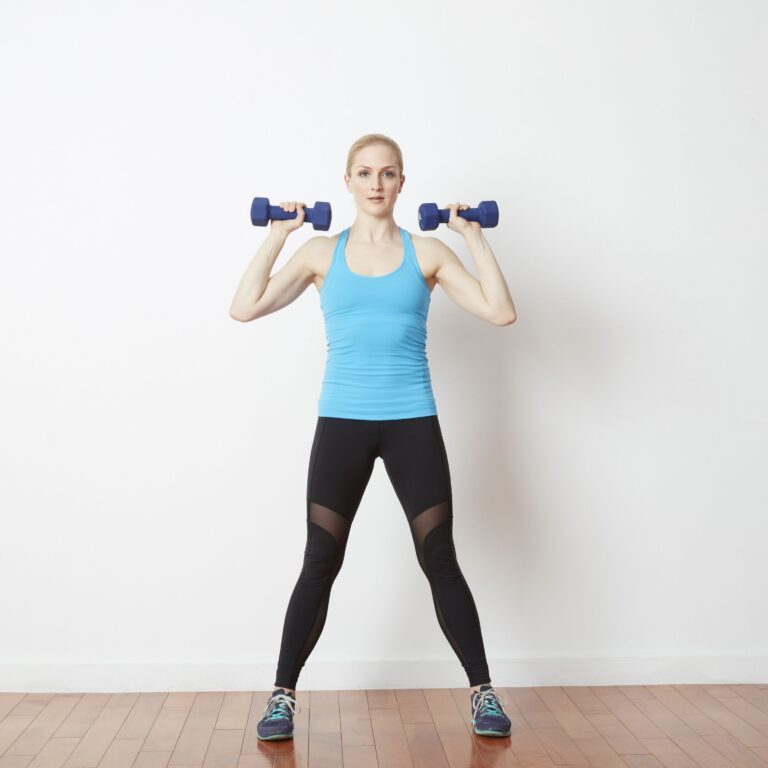


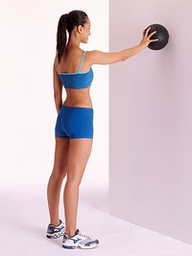


One Comment